

- RFQ
- BOM
-
Contact Us
Tel: +86-0755-83501315
Email: sales@sic-components.com
- Chinese
- English
- French
- German
- Portuguese
- Spanish
- Russian
- Japanese
- Korean
- Arabic
- Irish
- Greek
- Turkish
- Italian
- Danish
- Romanian
- Indonesian
- Czech
- Afrikaans
- Swedish
- Polish
- Basque
- Catalan
- Esperanto
- Hindi
- Lao
- Albanian
- Amharic
- Armenian
- Azerbaijani
- Belarusian
- Bengali
- Bosnian
- Bulgarian
- Cebuano
- Chichewa
- Corsican
- Croatian
- Dutch
- Estonian
- Filipino
- Finnish
- Frisian
- Galician
- Georgian
- Gujarati
- Haitian
- Hausa
- Hawaiian
- Hebrew
- Hmong
- Hungarian
- Icelandic
- Igbo
- Javanese
- Kannada
- Kazakh
- Khmer
- Kurdish
- Kyrgyz
- Latin
- Latvian
- Lithuanian
- Luxembou..
- Macedonian
- Malagasy
- Malay
- Malayalam
- Maltese
- Maori
- Marathi
- Mongolian
- Burmese
- Nepali
- Norwegian
- Pashto
- Persian
- Punjabi
- Serbian
- Sesotho
- Sinhala
- Slovak
- Slovenian
- Somali
- Samoan
- Scots Gaelic
- Shona
- Sindhi
- Sundanese
- Swahili
- Tajik
- Tamil
- Telugu
- Thai
- Ukrainian
- Urdu
- Uzbek
- Vietnamese
- Welsh
- Xhosa
- Yiddish
- Yoruba
- Zulu
- Kinyarwanda
- Tatar
- Oriya
- Turkmen
- Uyghur
Linear ICs: The Foundation of Analog Electronics
In the vast landscape of integrated circuits (ICs), linear integrated circuits—commonly known as linear ICs—stand as the backbone of analog electronics. Unlike digital ICs, which process discrete binary signals (0s and 1s), linear ICs handle continuous analog signals, enabling precise amplification, regulation, and signal conditioning. From audio amplifiers in smartphones to voltage regulators in power supplies, linear ICs are indispensable in countless electronic devices, bridging the gap between physical phenomena (such as sound, light, or temperature) and electrical signals.
What Are Linear ICs?
Linear ICs are integrated circuits designed to produce an output signal that is a continuous, linear function of the input signal. This means the output varies proportionally with the input, without abrupt transitions—unlike digital ICs, which operate in discrete states. Their primary role is to process analog signals, including amplification, filtering, modulation, demodulation, and voltage regulation.
At the core of linear ICs is the operational amplifier (op-amp), a versatile building block that forms the basis of many linear circuits. Other common linear ICs include voltage regulators, comparators, audio amplifiers, and analog-to-digital converters (ADCs)—though ADCs often blend linear and digital functionality.
Key Types of Linear ICs
Linear ICs encompass a diverse range of components, each tailored to specific analog signal processing tasks:
Operational Amplifiers (Op-Amps)
Op-amps are the workhorses of linear ICs, designed to amplify the difference between two input signals. They are characterized by high gain, high input impedance, and low output impedance. Popular examples include the LM741 (a classic general-purpose op-amp) and the OP07 (known for precision in instrumentation). Op-amps are used in applications like signal amplification, active filters, and voltage comparators.
Voltage Regulators
These ICs maintain a stable output voltage regardless of input voltage fluctuations or changes in load current. They are critical in power supply circuits to protect sensitive electronics from voltage spikes. Linear regulators (e.g., LM7805, which provides a fixed 5V output) operate by dissipating excess voltage as heat, making them simple but less efficient than switching regulators. They are widely used in low-power devices like sensors and microcontrollers.
Audio Amplifiers
Designed to amplify audio signals (20 Hz to 20 kHz), these ICs are found in speakers, headphones, and audio systems. Examples include the LM386 (a low-power audio amplifier) and the LM1875 (a high-power audio amplifier capable of driving speakers with up to 25 watts). They focus on minimizing distortion to preserve sound quality.
Comparators
Comparators compare two input voltages and produce a digital output (high or low) indicating which input is larger. They bridge analog and digital domains, used in applications like voltage level detection, oscillators, and motor control. The LM311 is a widely used comparator, valued for its speed and flexibility.
Instrumentation Amplifiers
These specialized op-amp-based ICs are designed for precise measurement of small differential signals, such as those from sensors (thermocouples, strain gauges). They offer high common-mode rejection ratio (CMRR) to eliminate noise, making them ideal for medical devices (e.g., ECG machines) and industrial instrumentation.
Voltage References
These ICs provide a stable, precise voltage benchmark for other circuits, such as ADCs and DACs (digital-to-analog converters). The LM4040, for example, offers a fixed reference voltage (e.g., 2.5V) with low temperature drift, ensuring accuracy in measurement systems.
Design Principles of Linear ICs
Linear ICs are designed to minimize non-idealities that can distort analog signals, such as:
Noise: Unwanted random signals that interfere with the input. Linear ICs use low-noise components and shielding to reduce noise.
Distortion: Non-linearities in the output signal, often caused by clipping (when the output exceeds the IC’s voltage limits). High-quality audio amplifiers, for instance, are engineered to minimize total harmonic distortion (THD).
Temperature Sensitivity: Changes in performance due to temperature fluctuations. Precision linear ICs, like the OP07, use temperature-compensated components to maintain stability over a wide temperature range (-40°C to +85°C or higher).
Manufacturing linear ICs requires precise fabrication techniques to ensure consistent performance. They are typically made using bipolar junction transistors (BJTs) or metal-oxide-semiconductor field-effect transistors (MOSFETs), depending on the application—BJTs offer high gain and speed, while MOSFETs excel in low-power applications.
Applications of Linear ICs
Linear ICs are ubiquitous in both consumer and industrial electronics:
Consumer Electronics: Smartphones (audio amplifiers for speakers, op-amps in microphones), TVs (signal conditioning for video inputs), and wearable devices (voltage regulators for batteries).
Automotive Systems: Voltage regulators for car batteries, audio amplifiers in infotainment systems, and sensors (using instrumentation amplifiers to measure temperature, pressure, or fuel levels).
Industrial Automation: Motor control circuits (comparators for speed detection), power supplies (voltage regulators), and process control systems (instrumentation amplifiers for sensor data).
Medical Devices: ECG machines (instrumentation amplifiers to amplify weak heart signals), ultrasound equipment (signal amplifiers), and pacemakers (low-power voltage regulators).
Aerospace and Defense: Precision sensors (using voltage references), communication systems (signal amplifiers), and radar systems (filtering and modulation circuits).
Advancements and Future Trends
Linear ICs continue to evolve to meet the demands of modern electronics:
Miniaturization: Shrinking IC sizes (e.g., SMD packages like SOIC and TSSOP) enable integration into compact devices like wearables and IoT sensors.
Low-Power Design: With the rise of battery-powered devices, linear ICs (e.g., low-dropout regulators, LDOs) are engineered to minimize power consumption while maintaining performance.
High-Speed Operation: Advances in fabrication allow linear ICs to handle higher frequencies, critical for 5G communication and high-speed data acquisition.
Integration with Digital Features: Modern linear ICs often include digital controls (e.g., programmable gain amplifiers) to enhance flexibility, blurring the line between analog and digital domains.
Conclusion
Linear ICs are the unsung heroes of analog electronics, enabling the precise processing of continuous signals that underpin our daily lives. From the steady voltage in our phones to the clear sound in our headphones, these components ensure reliability, accuracy, and performance across countless applications. As technology advances, linear ICs will continue to adapt, driving innovation in consumer electronics, healthcare, industrial automation, and beyond—proving that even in a digital world, analog remains indispensable.
https://www.sic-components.com/

Hot Products
View MoreRelated Blogs

2000+
Daily average RFQ Volume

30,000,000
Standard Product Unit

2800+
Worldwide Manufacturers

15,000 m2
In-stock Warehouse



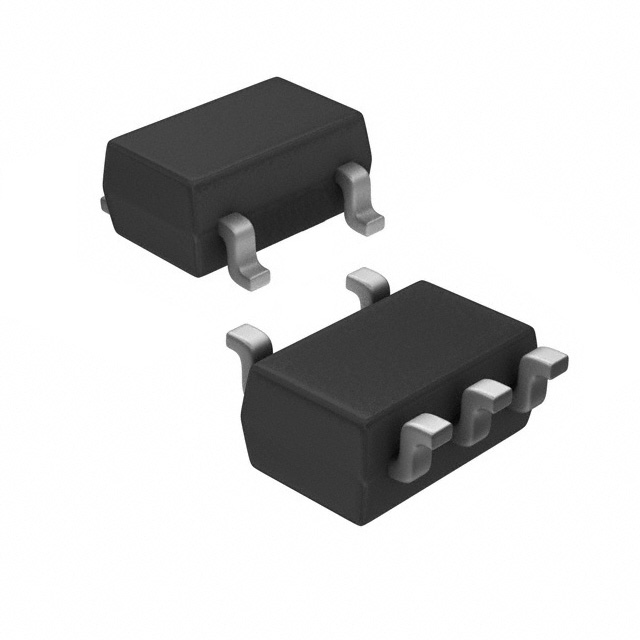
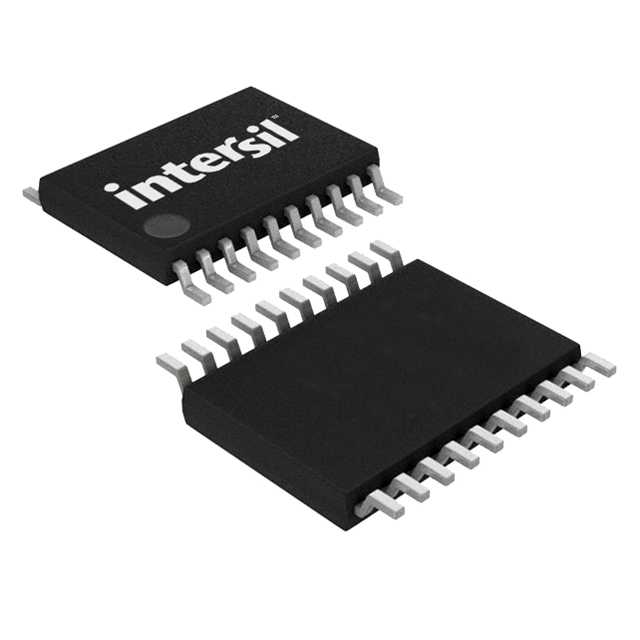
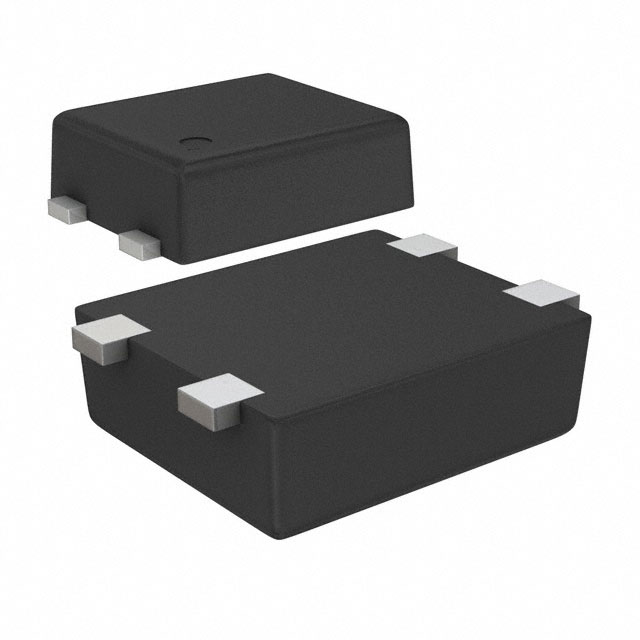
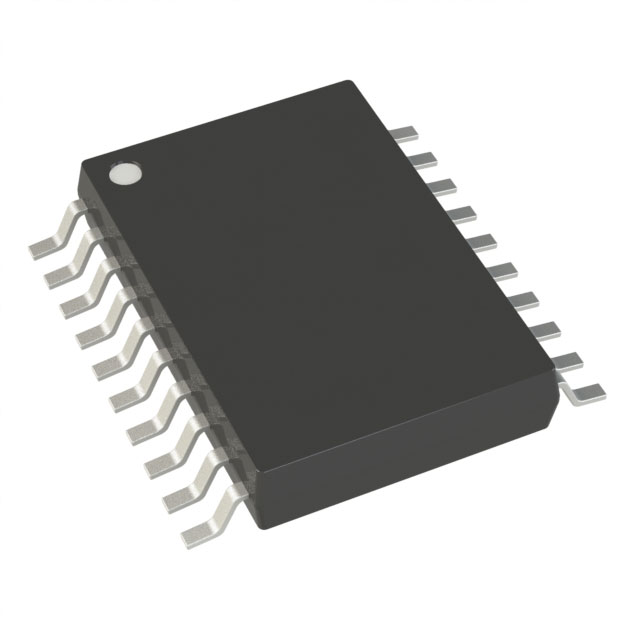
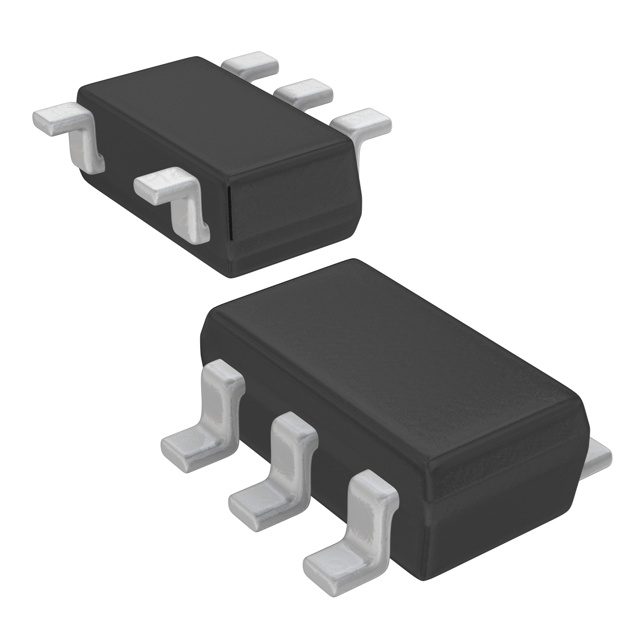

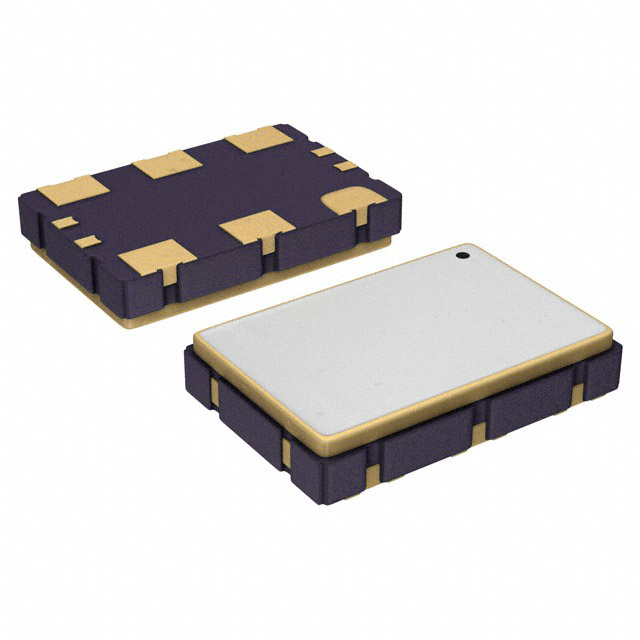
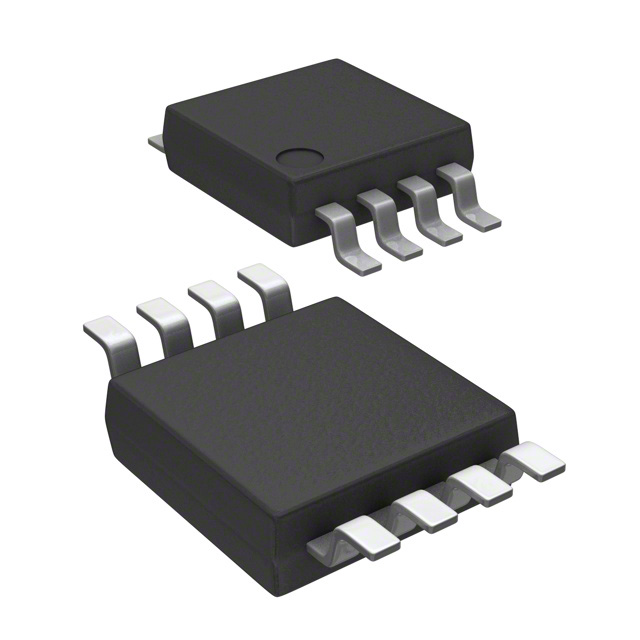
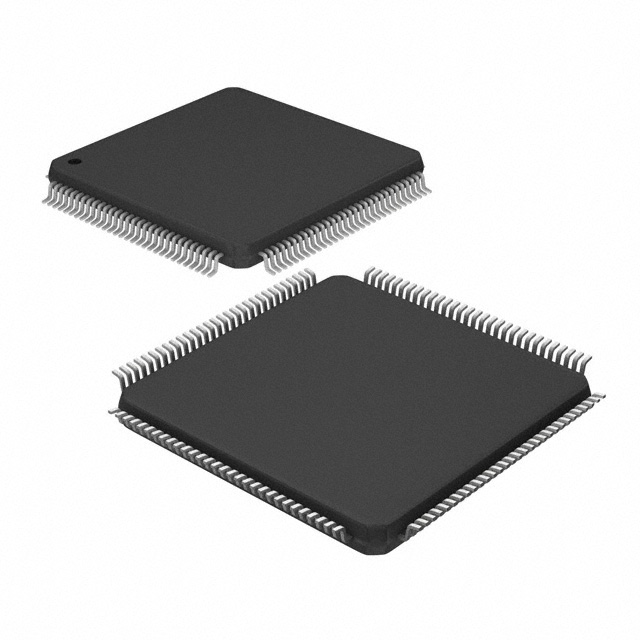
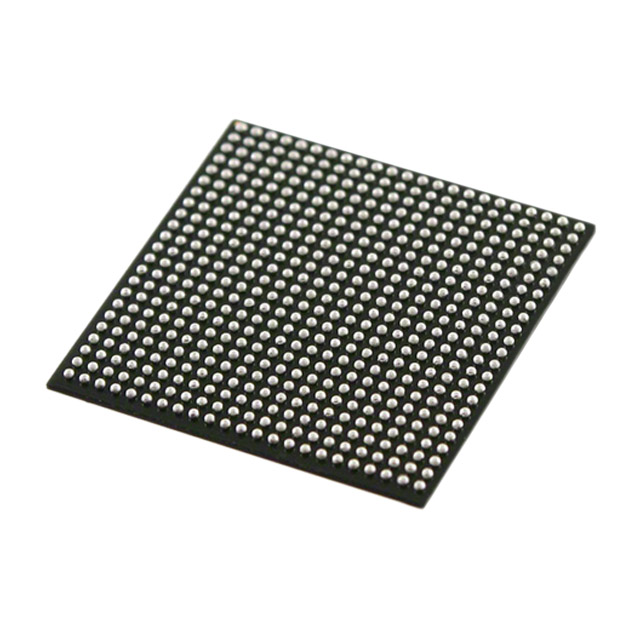
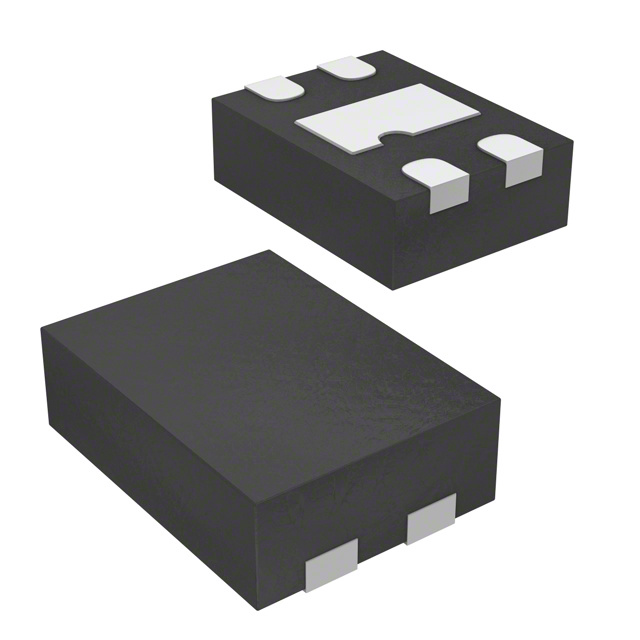
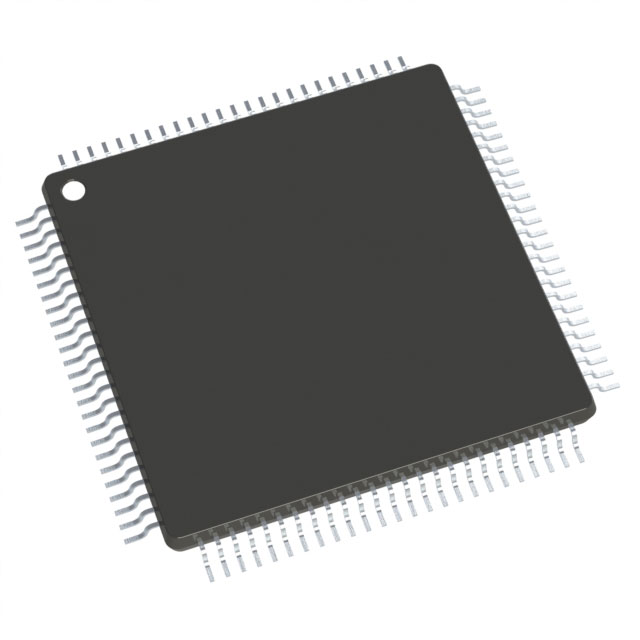
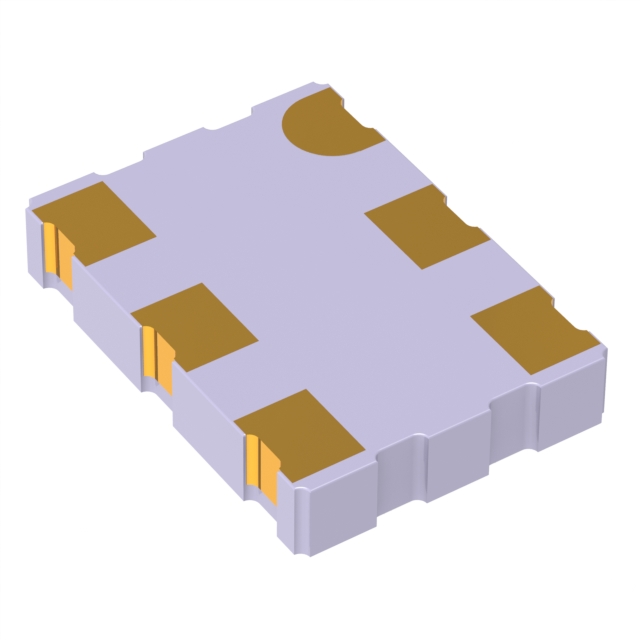
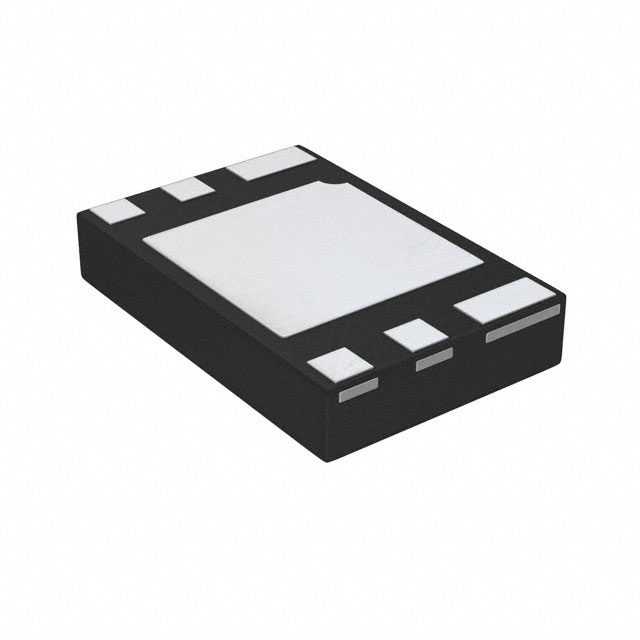










 Wishlist (0 Items)
Wishlist (0 Items)